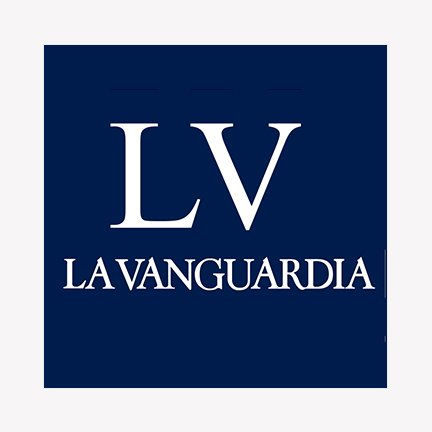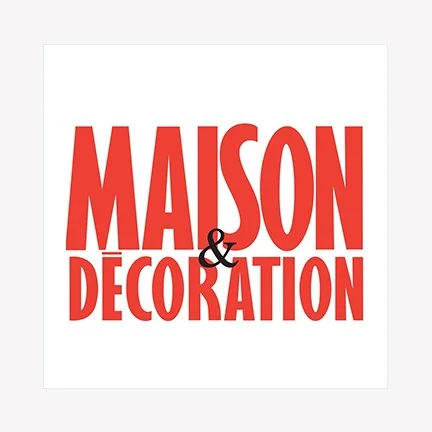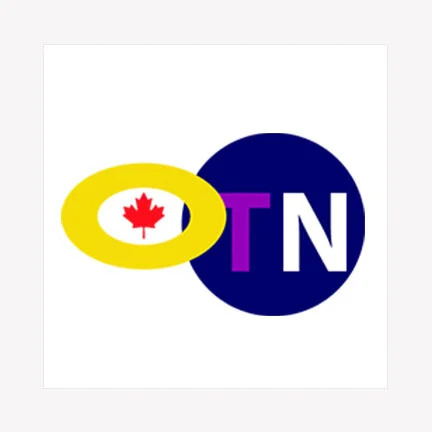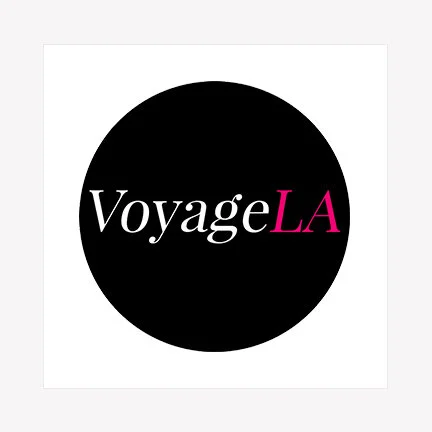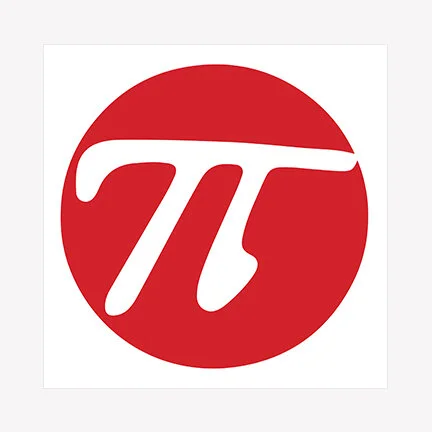ELECTRICAL DISTRIBUTOR MAGAZINE FEATURED GEORGE STROUMBOULIS' INSIGHT ON LED LIGHTING TECHNOLOGY
George Stroumboulis was featured in tED Magazine’s April 2011 issue in a feature article on LED lighting titled “LEDs: Past, Present and Future". The article presented comments and opinions from a panel of industry lighting professionals from manufacturing companies.
tED (the Electrical Distributor) Magazine (www.tedmag.com) is the leading publication for the top distributors in North America. tED is read by distribution companies in the industry and is targeted to salespeople and key executives – looking for relevant and insightful industry-related information. To read the full article, see below.
-----
LEDs: Past, present, and future
Published 4/3/2012 3:16:11 PM | by Susan Bloom
Coming on fast and furious, LEDs continue to demonstrate their proficiency in a growing range of applications—from architectural, stage and studio, and specialty settings to general lighting in commercial, hospitality, and outdoor venues. Here, representatives from several lighting manufacturers share their thoughts on the past, present, and future of this powerful and game-changing technology.
“We’ve seen the application of LED technology for general lighting applications becoming more the norm—reinforcing the fact that LED technology is a viable, economical, and proven light source.”
History books reveal that the first LEDs (in red) were developed by GE in 1962. “These first generations were definitely used in specialized applications,” said Jim Bracken, manager of strategic distribution for GE Lighting (gelighting.com). “But a lot has changed, and LEDs are now replacing traditional lighting in a fast-growing variety of commercial settings. In the past decade, the market has seen the development of LED systems for signage, architectural, transportation, display, and, most recently, general indoor lighting and outdoor applications.”
“Because LEDs are exceptionally good at producing colored light directly rather than through the use of filters, the earliest applications of LEDs were for effect and entertainment lighting, where color and dynamic color changing are used often,” said Karen Lee, head of applications marketing for OSRAM Sylvania (sylvania.com). According to Lee, the ability of LEDs to direct light more precisely than HID or fluorescent sources made exterior lighting the next opportunity for the technology, particularly for applications like street lighting, where higher color temperatures and moderate color quality were acceptable. “In addition,” Lee continued, “specialty applications like signage and refrigeration also took advantage of the excellent cold temperature performance of LED technology.”
“After moving out of niche applications, LED component brightness and efficacy improved to levels where LEDs can now be used for general illumination,” said John Spencer, director of sales, electrical distribution channel, for CREE (cree.com). “Ever since, more applications have been converting to LEDs—from downlights and streetlights to area and troffer lighting. The past three to five years have signaled the arrival of mainstream LED lighting.”
“We’ve seen the application of LED technology for general lighting applications becoming more the norm—reinforcing the fact that LED technology is a viable, economical, and proven light source that’s able to compete with more traditional technologies in a broad range of settings,” concurred George Stroumboulis, director of marketing for Solais Lighting (solais.com).
Of those settings, outdoor lighting has been an easy win for LEDs, noted Ross Barna, CEO of RAB Lighting (rabweb.com). “Projects like parking lots and garages, building perimeters, signs, landscape accents, area lighting, and pathway lighting are all ideal uses of the precise, efficient, and long-life properties of LED technology,” he said.
According to Todd Manegold, director of LED lamp product management for Philips Lighting (lighting.philips.com), not only has LED technology changed over time, but also so has the profile and mission of its users.
“In the past few years, LEDs have expanded to support not only RGB applications, but also conventional white light LED projects,” he said. “And where LED projects in the past were primarily pursued by early adopters willing to invest in new innovations, a new generation of users focused on energy savings and total cost of ownership is currently investing in LED upgrades.”
WHERE IT’S HEADED
On the heels of its already rapid growth and evolution, experts confirm that extensive opportunities are ahead for LED technology. “We predict more rapid adoption and continued improvement of indoor and outdoor LED lighting over the next five to 10 years,” said Spencer. “LED downlights in particular offer significant and justifiable benefits over traditional downlights and can be sold at a much higher margin.”
Bracken identified the use of LED systems in outdoor applications, from parking lots to roadway lighting, as a major trend right now. “We’re also seeing LEDs being used in various retail applications, from outdoor signage to refrigerated and display case lighting,” he said. “Based on major advancements in the development of LED technology for use in indoor general illumination applications, we’ve already developed new energy-efficient LED fixtures that are thinner, lighter, and more aesthetically pleasing and can compete with traditional fluorescent fixtures.” “As the efficiency and color quality of LEDs continue to improve, the focus will turn more to the performance of the overall lighting system and its control from a total installation perspective,” explained Lee, a prediction seconded by Man e gold: “We’ll definitely see control systems playing an increasingly important role in further harnessing the power of LEDs and giving customers the exact ambiance and/or energy savings they’re looking for,” he said.
“In addition,” Lee said, “the color range and color quality of LED sources will continue to make them very viable for many indoor applications, particularly accent lighting and ambient downlighting, where the optical precision of LED technology provides an opportunity for improved energy efficiency in a building. The unique properties and form factor of LED technology should unleash a design freedom like we’ve never had before.
“Finally, as the focus on rising energy costs and sustainability initiatives increases, we would expect more on-site renewable energy,” she continued. “This would support the use of LED lighting systems that operate directly from DC power.”
While Stroumboulis conceded that the LED market is still changing rapidly, he feels that the rate of advancements is beginning to slow from the breakneck speed at which it was previously pacing. “That being said,” he noted, “we see the main advancement for LEDs in the general lighting area of the industry. This includes replacement lamps and fixtures where smaller form factors are becoming easier to make and implement in design specs.” Barna concurred: “The market has been evolving rapidly, but we believe it’s likely to stabilize within the next two years as prices come down and manufacturers complete launches of LED products that perform well,” he said. “LED products developed before 2009 are already obsolete, but products developed after 2010 will live on.”
“The LED segment is changing rapidly as new advancements are making LEDs a preferred method of lighting in everything from street lighting to general in door lighting,” Bracken added. “LEDs are becoming more efficient and the way LED lighting can be designed and used is transforming how commercial and residential spaces can be lit.”
“Because end-users have just begun to learn about and adopt LED technology, the opportunity for manufacturers, distributors, contractors, and end-users is and will continue to be significant,” noted Barna. “In fact, the efficiency gains that end-users can realize by switching to LEDs now are so large that as LED technology becomes even more efficient, it probably won’t be worth replacing again until the finish on the fixture wears out.”
---
Bloom is a 20-year veteran of the lightingand electrical products industry. Reach her at susan.bloom.chester@gmail.com. © 2012 The Electrical Distributor. All rights reserved.
Link to online source: https://tedmag.com/leds-past-present-and-future/



